
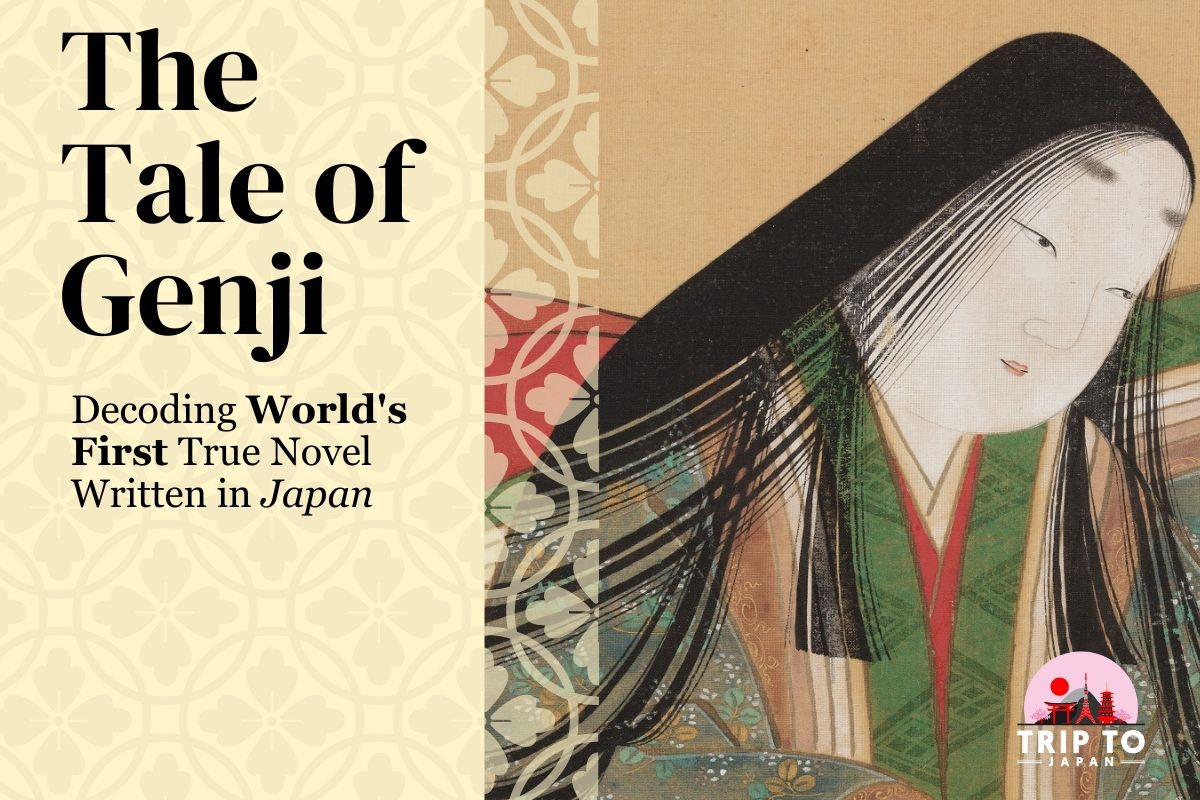
世界上第一部真正的小说《源氏物语》 源氏物语 1000年前写在日本!这篇文章作者日本之旅揭示了日本经典小说,村崎式部于 11 世纪创作的《源氏物语》。这不仅是一个男人的生活和爱情的人生故事,也是一个一丝不苟的观察过去的宫廷生活。
潜入一个千年之外的世界,但人类的激情和愿望却令人毛骨悚然。《源氏物语》将带我们踏上一段身临其境的旅程,进入平安时代的日本中心,这是一个优雅的宫廷生活、深刻的文化发展和错综复杂的政治操纵的时代。
这件 11 世纪的杰作,通常被誉为世界上第一部真正的小说,提供了一个超越时间的深刻微妙的叙述,引起了当今读者的共鸣。凭借丰富的叙事,这部日本小说仍然是时效经典。
这篇文章旨在为您创造明智的体验。我们将讨论这部小说、作者、主角源氏,以及这部小说如何在流行文化中仍然存在。
让我们深入了解源氏的传奇故事吧!
虽然这部小说是一部富有想象力的小说作品,但它生动准确地描绘了生活的描述和心理方面。
它以非凡的洞察力深入研究社会、灵性和个人,捕捉事物的本质。才华横溢的作家村崎夫人独立创作了这部小说,成为一部真正的文学杰作。
日本之行的专家还发现,这部小说给读者留下了深刻的理解世俗的快乐和时间流逝中固有的悲伤的超然。
这源氏物语 (源氏物語)是一部史诗般的日本小说,讲述了桐夫天皇的儿子源氏光辉王子的生平和爱情故事。它也被称为 "Genji Monogatari"用日语。
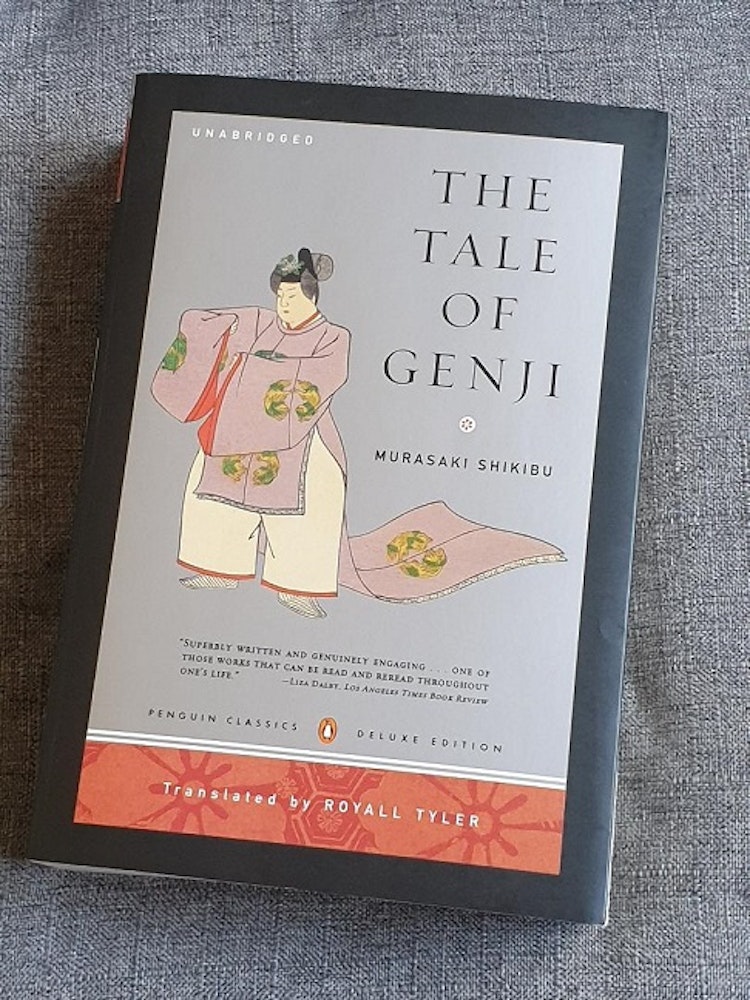
它跨越了60年,编织一个复杂而错综复杂的故事,探索美丽、爱情、嫉妒和失落的主题。小说分为54 章800首插入的诗歌,每个都专注于不同的人物和事件,都与源氏的生活有关。
源氏,最初是用一种具有诗意风格的古老语言写成的,如果没有专门的学习,阅读起来很有挑战性。然而,直到20世纪初,诗人与佐野明子目标语言源氏翻译成现代日语。1882 年,第一个英文译本由末松健长。
这部小说有一个传统的结构三个部分。前两部分探讨了源氏的生平,而最后一部分则以源氏著名后代的早年为中心,Niou 和 Kaoru。还有一些较短的过渡章节,有时单独考虑,其作者身份偶尔会受到质疑。
Murasaki Shikibu(村崎四季布酒店)一位日本宫廷女士在公元 11 世纪写下了这幅非凡的作品。
Murasaki Shikibu,也被称为 Lady Murasaki 是其中之一平安宫女。她写下了代表作《源氏物语》。她出生于约798年,父亲在朝廷任职。村崎后来成为女诗人和伟大的作家。她于约1014年去世。
关于她的一个有趣的事实是,Murasaki Shikibu 只是一个描述性的名字,她的原名仍然未知。
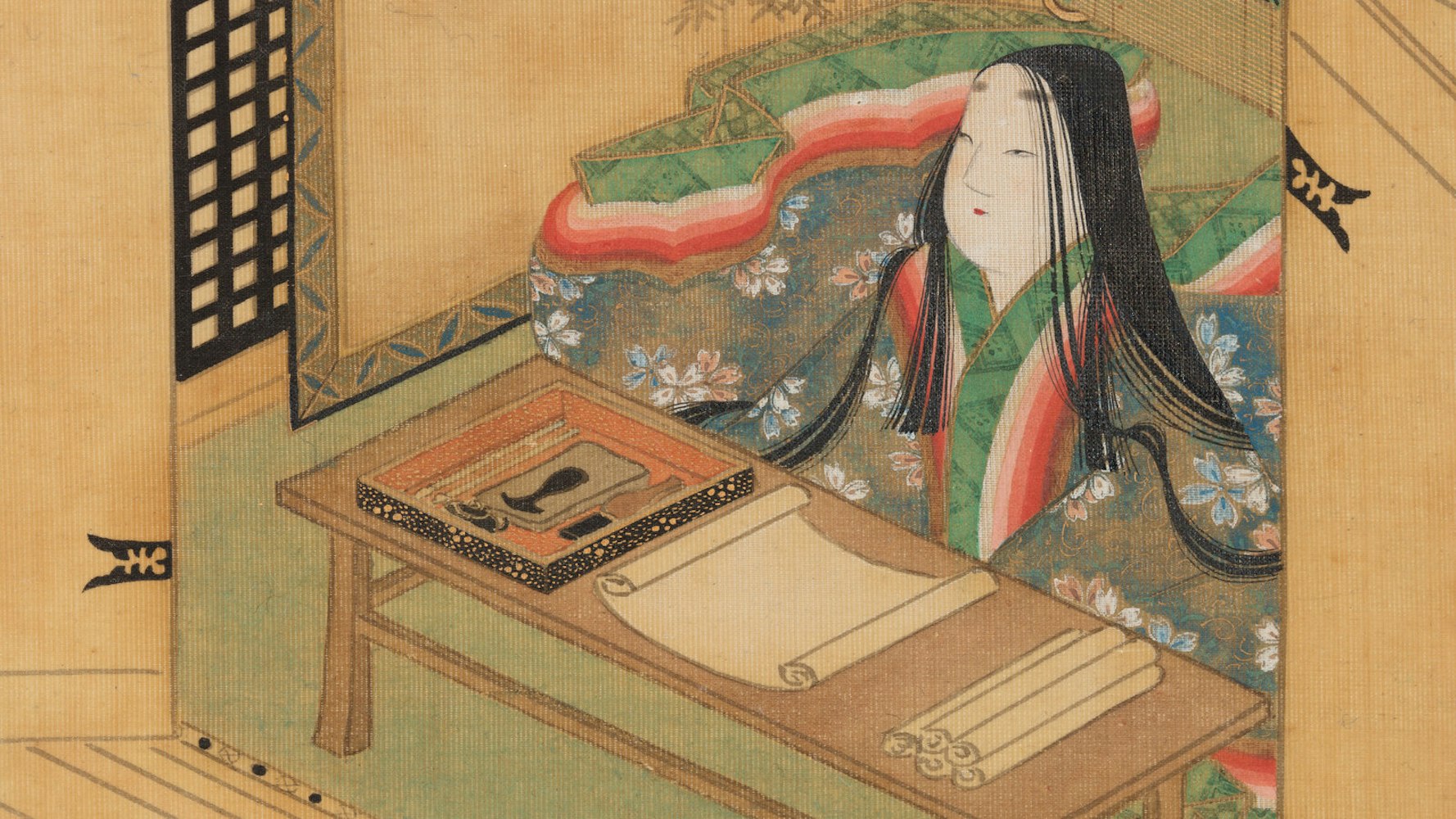
据信,她的名字来源于她小说的主人公村崎。Shikibu这个名字象征着她父亲在礼仪局的角色。
你知道吗——为了向 Murasaki Shikibu 致敬,日本银行发行了2000日元纸币,展示了小说中引人入胜的场景,灵感来自 12 世纪的插图手卷。
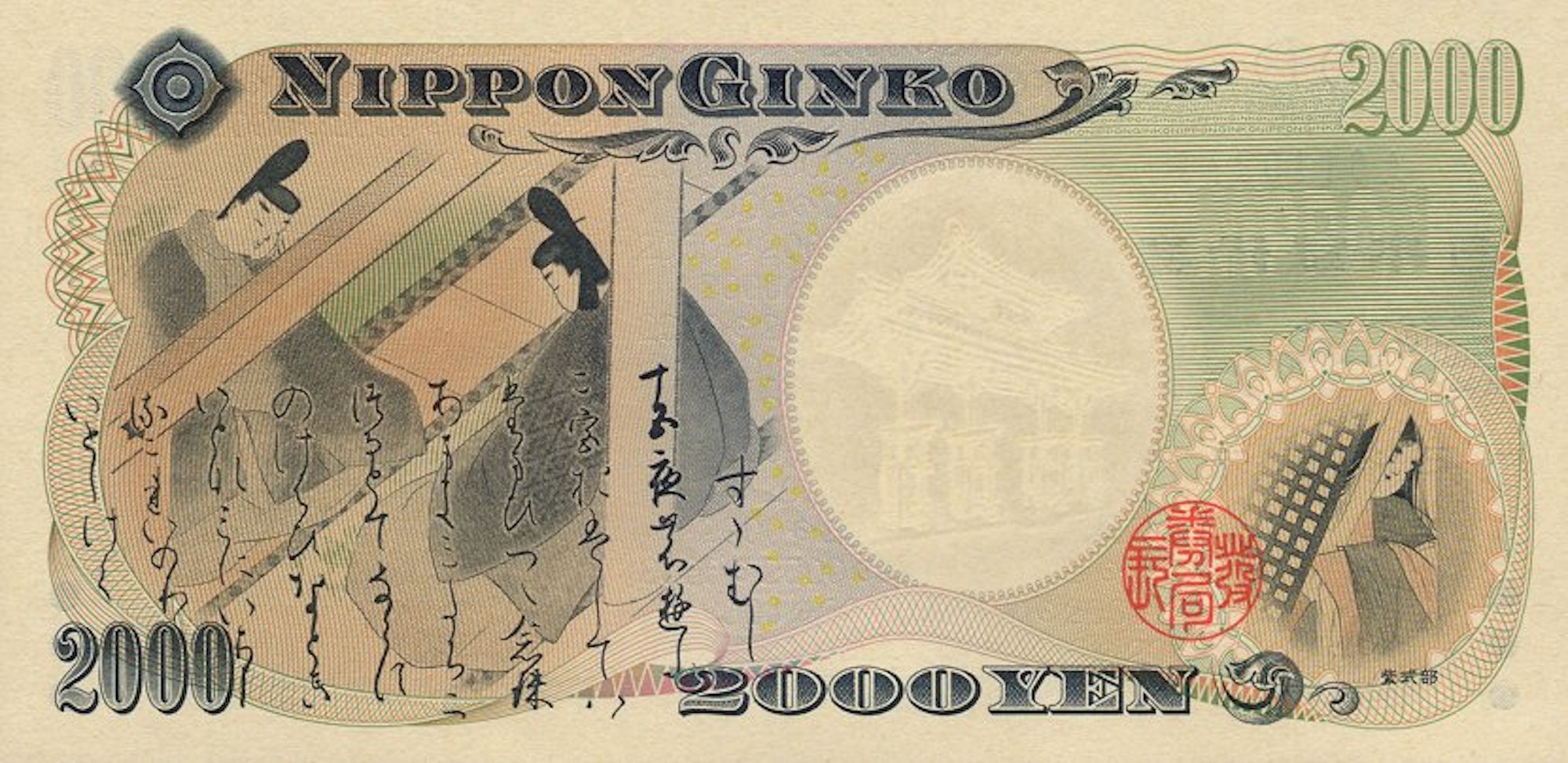
她出生于有影响力的藤原家族的一个较小的分支。年轻的村崎接受了全面的教育,包括学习中文,这主要是男性的领域。她与藤原信孝结婚,藤原信孝是一位年纪大得多的远房亲戚,并育有一女。
小说的主人公,源氏,是桐夫天皇和低级妃子小木殿的次子。在得知他的真实出身后,源氏按照宫廷习俗被流放出宫。
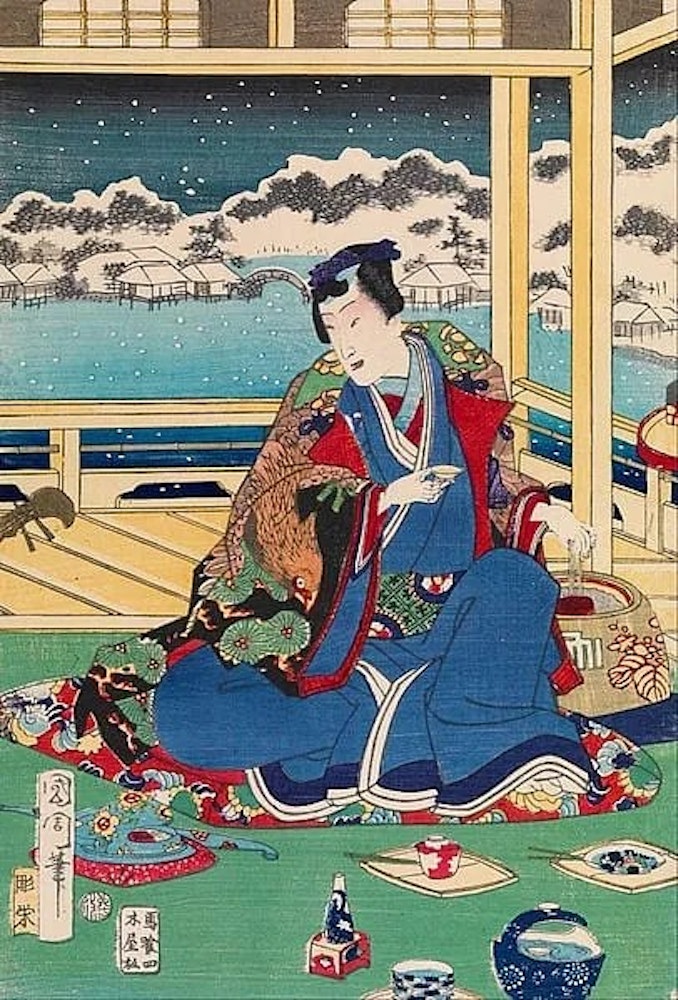
他继续成为一个潇洒英俊的年轻人,喜欢浪漫。他与不同等级和背景的女性有许多婚外情,导致了各种政治复杂化。
源氏以其魅力、智慧和艺术能力而闻名。他还对佛教和诗歌有着浓厚的兴趣,他经常用这些诗歌来表达自己的情感。
趣闻 -源氏的性格被认为是根据一个真实的历史人物改编的——Minamoto no Tōru,他是藤原氏的成员,也以他的浪漫追求而闻名。
《源氏物语》写于平安时代,这是一个文化和艺术繁荣的时代。这部小说通常被视为这个时代宫廷生活和习俗的反映。
它还突出了日本文化的各个方面,例如和歌诗歌、佛教影响和社会复杂的等级结构。
几个世纪以来,源氏被誉为日本古典文学中最伟大的作品之一。它继续受到全世界学者、作者和读者的研究和赞赏。
你知道吗——Google 于 2008 年 11 月 1 日庆祝了源氏物语 1000 周年
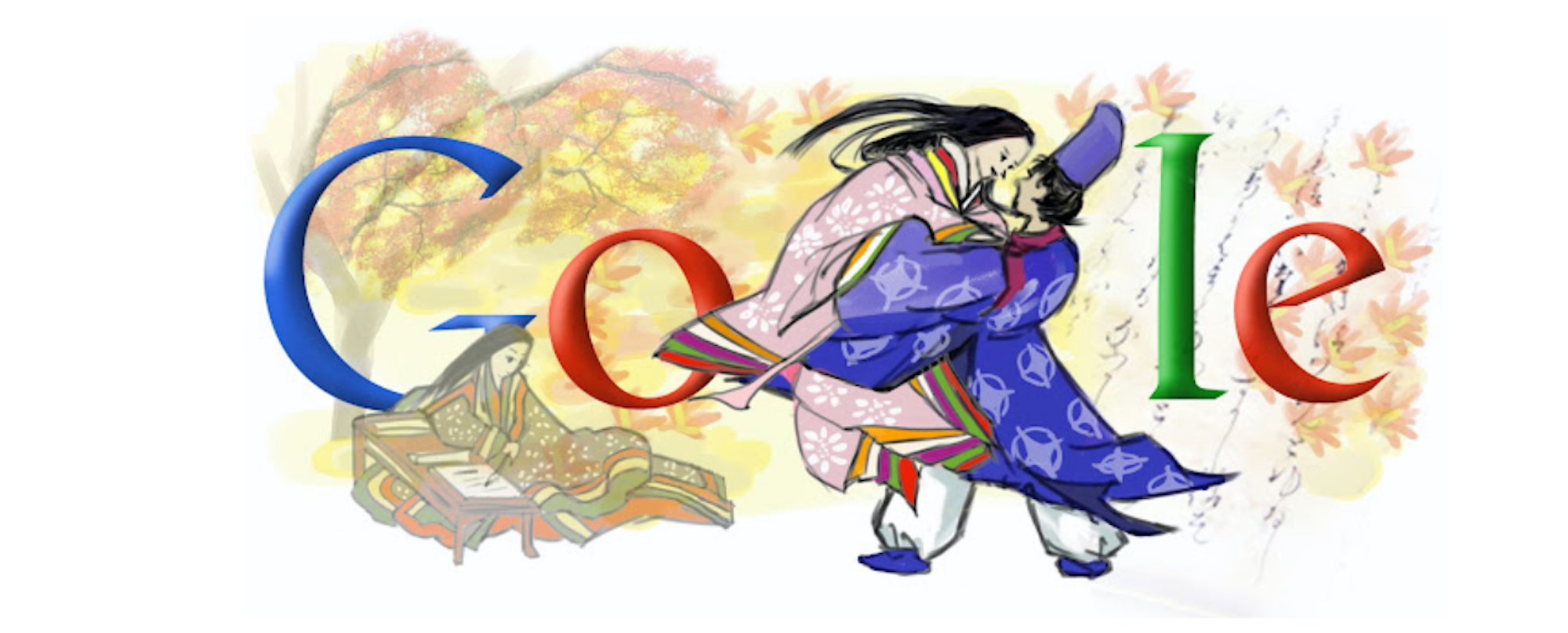
这是《源氏物语》的快速小说摘要。为了方便您,我们制作了包含所有重要事件的指针。
小说以源氏亲王的诞生,桐下天皇的儿子,以及低级妃子小木殿夫人。
源氏以其令人难以置信的魅力和才华而闻名,他驾驭着他朝廷中的青春,沉迷于浪漫的追求,唤起钦佩和嫉妒。
故事发生了戏剧性的转折,源氏在他父亲去世后被降为皇室成员由于宫廷诡计。
尽管他被降职,但源氏的生活仍然充满了激情的爱情,包括与高级夫人藤津保,她为他生了一个儿子,后来成为Reizei天皇.
源氏的浪漫努力经常导致并发症,包括与富士通保一起发现他的秘密孩子,在法院内部造成政治紧张局势。
故事继续跟随源氏的生活,他经历了失落、爱和精神成长,随后的章节专门讲述了他与其他女性的关系,如悲惨的六条夫人和神秘的晚面孔夫人.
小说的第二部分,通常被称为“宇治篇章”,将焦点转移到薰和尼欧,两个与源氏有关的角色,以及他们复杂的爱情生活。
小说以开放式叙述结束,将人物的命运留给读者想象,这一特点使源氏物语一千多年来,这是一个讨论和钦佩的主题。
《源氏物语》对流行文化产生了深远的影响。它启发了电影、动漫和漫画的多次改编。
这部小说已被改编成动漫系列,源氏物语千年纪 (2009),它讲述了源氏的生活,重点是他的浪漫关系和精神成长。

至少有源氏的五部漫画改编。漫画系列《源氏物语:Sennen no Nazo》为故事增添了超自然元素,使其成为对原著小说的独特演绎。受小说启发的其他漫画系列是Asaki Yumi Mishi (1980) 和 Miyako Maki 的 Mange (1988)。
这部小说已经改编了几部电影,包括《源氏物语》(1951)导演:吉村幸三郎,和源氏物语:Asaki Yumemishi (2011), a live-action movie based on the manga adaptation. Another film named O Desejado came out in 1987.
电视剧,如*Asakiyumemishi – The Tale of Genji (2009)和真人剧 -源氏物语月之吲(2010年),也已制作。
当然,《源氏物语》启发了几部戏剧和歌剧。1981年,一部关于《源氏物语》的壮观戏剧由全女性音乐剧团宝冢歌舞团演出。2015年再次演出。
这部小说在日本被改编成歌舞伎戏剧,也启发了几部歌剧,包括源氏物语 (1961),由Minoru Miki作曲。这部歌剧最初在日本演出,后来在国际上演出。
源氏物语曾是几部插图改编的主题,包括一幅 12 世纪的手卷,上面有大量描绘故事场景的插图。
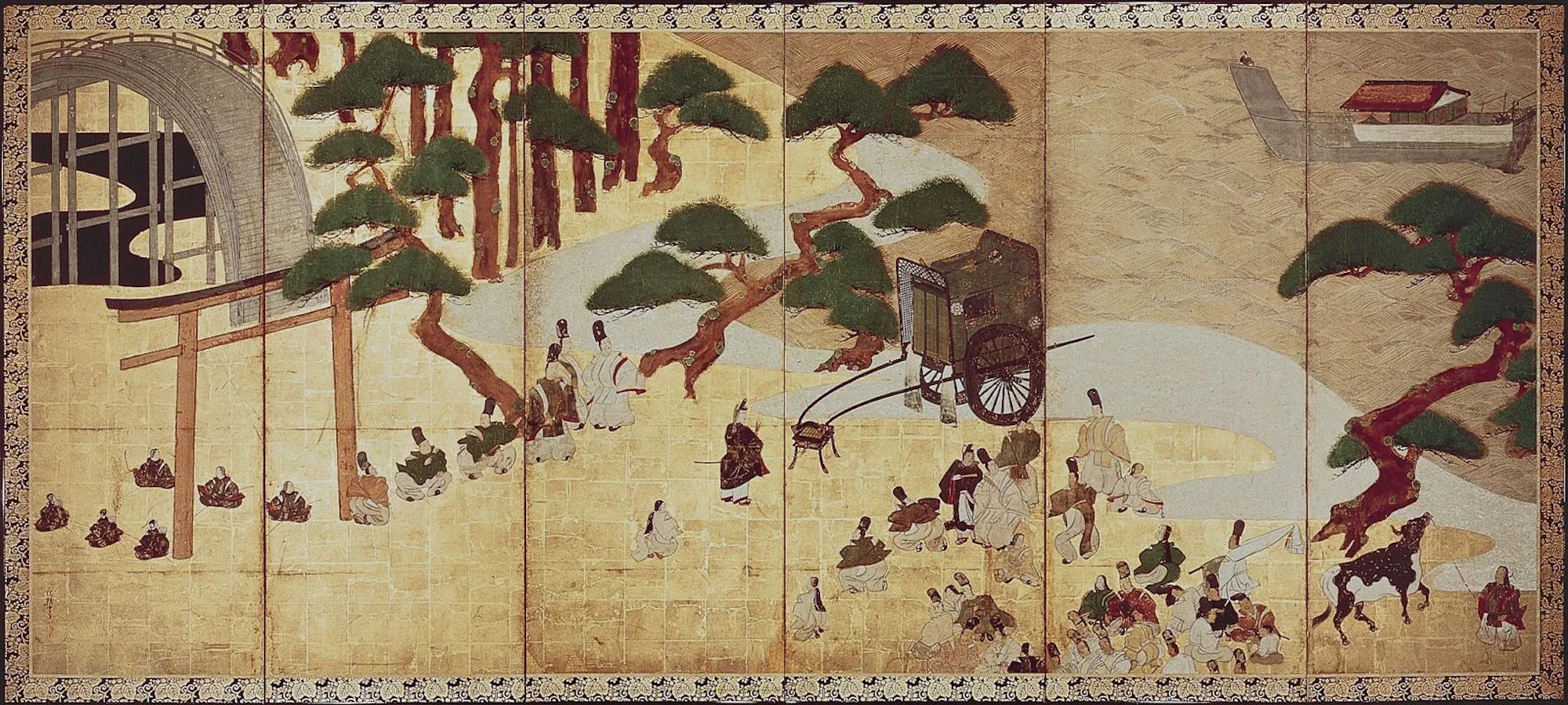
这幅画卷是现存最古老的日本“画卷”插图,该画卷从一件作品中收集了艺术品和书法。原卷被认为由 10 到 20 卷组成,涵盖所有 54 章。
德川美术馆名古屋展示了通过德川氏尾张分支流传下来的三个卷轴。此外,八须贺家族的一卷卷轴目前保存在五东博物馆。东京.
自2001年以来,每年11月,德川博物馆都会展出它们。展览持续约一周。
这部小说还启发了哈佛大学教授梅丽莎·麦考密克(Melissa McCormick)。2018年,她创作了一本名为《源氏物语:视觉伴侣》的插图指南。
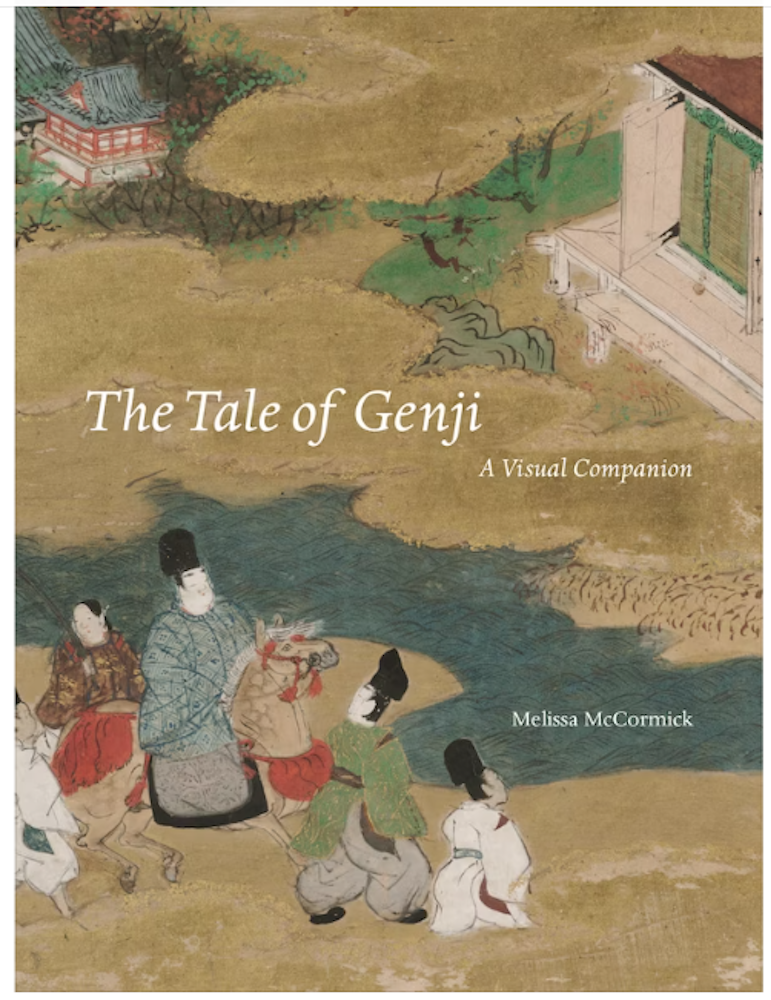
2019 年,纽约大都会艺术博物馆 (MET) 举办了一场以《源氏物语》为主题的特别展览,展出了 120 多件作品。
这部小说在各种文学作品中被引用和提及,包括Murasaki (2001) by Piers Anthony,从不同的角度重新讲述了源氏的故事。
这部小说在历史上也启发了其他作家和诗人,使其成为继续影响文化和艺术的重要文学作品。
《源氏物语》是日本文化和历史的重要组成部分。以下是在现代日本体验这部小说遗产的几种方式:
《源氏物语》在平安时代经历了文化复兴,艺术家和作家涌入京都的宫廷。今天,游客仍然可以体验到这座古都的美丽和宏伟。
小说中提到的几个网站都可以访问,例如神社Hōjōji,Shrine Uji(如下图所示),和桂帝国别墅,这激发了小说中最具标志性的场景之一。
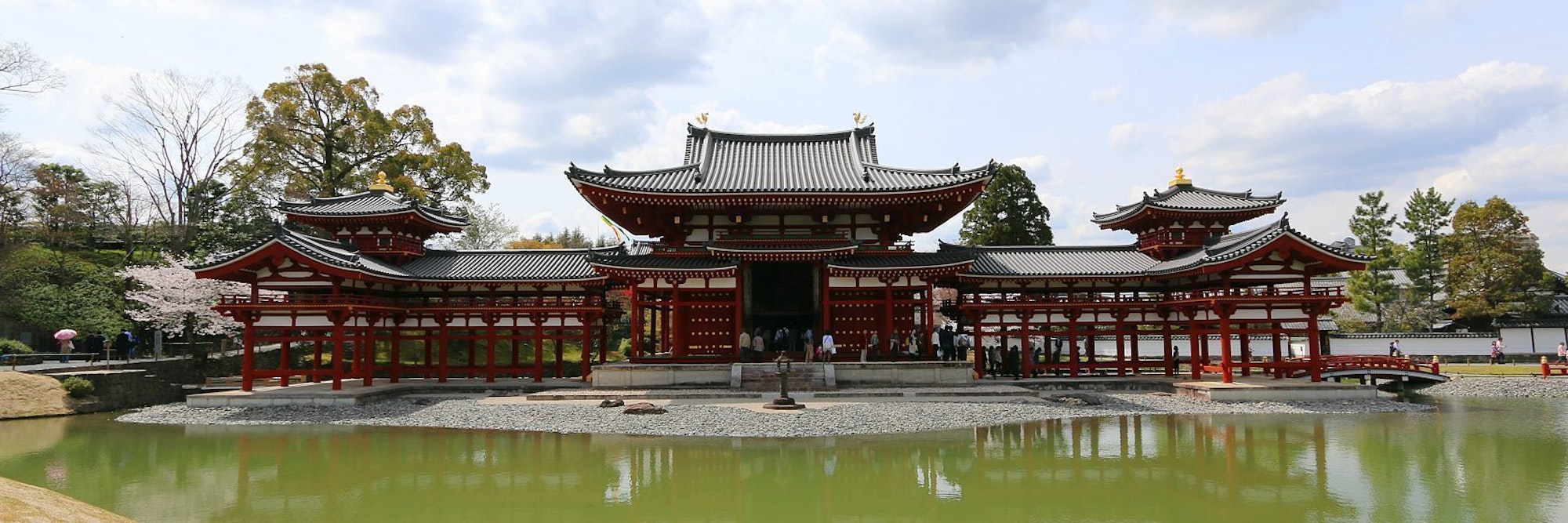
如果您想参观京都的古老神社和宫殿,日本之旅是完美的旅行。退房京都宫殿和寺庙的全日私人导览游
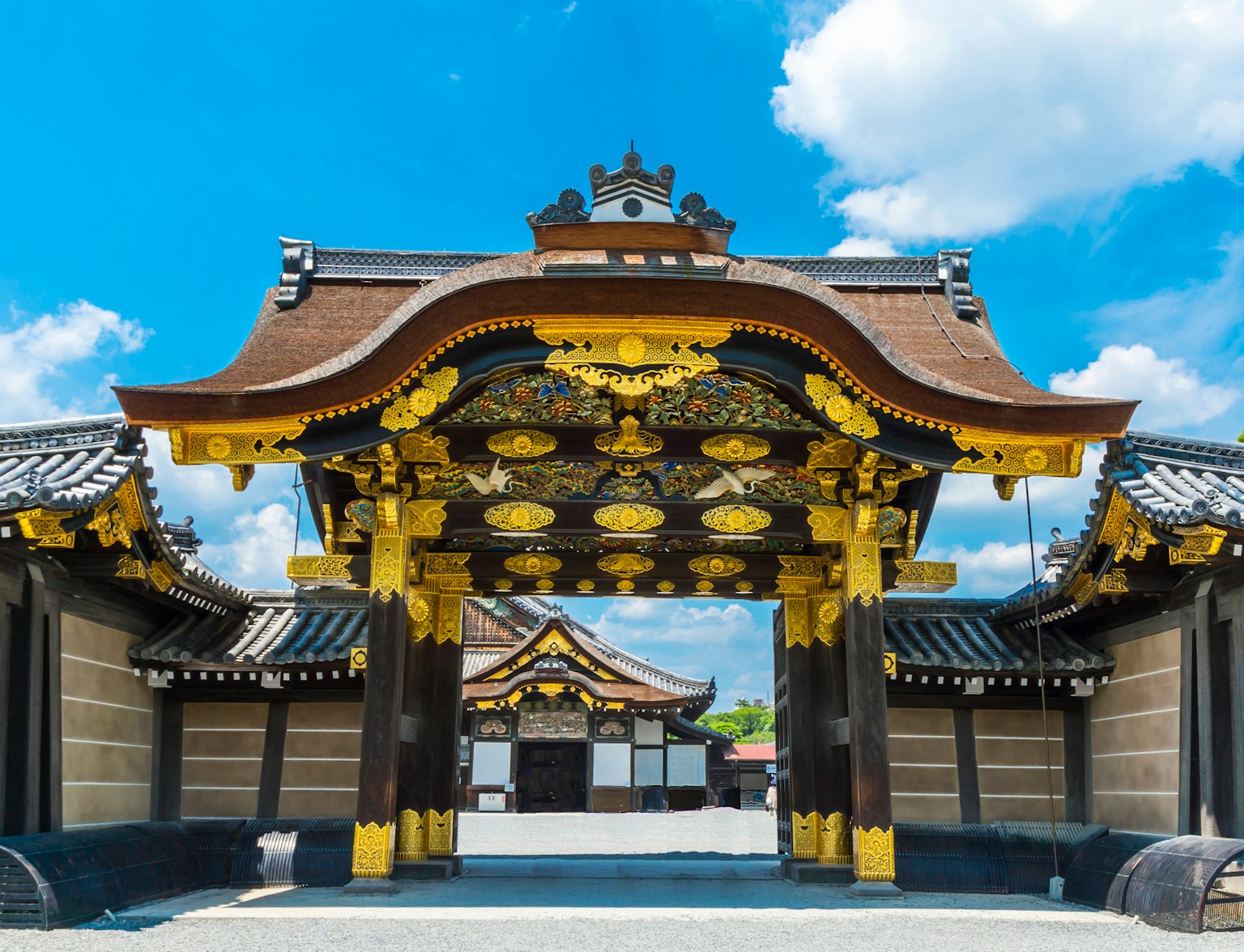
探索京都最值得推荐的景点。
德川美术馆名古屋是任何有兴趣体验《源氏物语》的人的必游之地。它收藏了几幅受小说启发的卷轴和艺术品,让游客有机会看到故事在他们眼前栩栩如生。
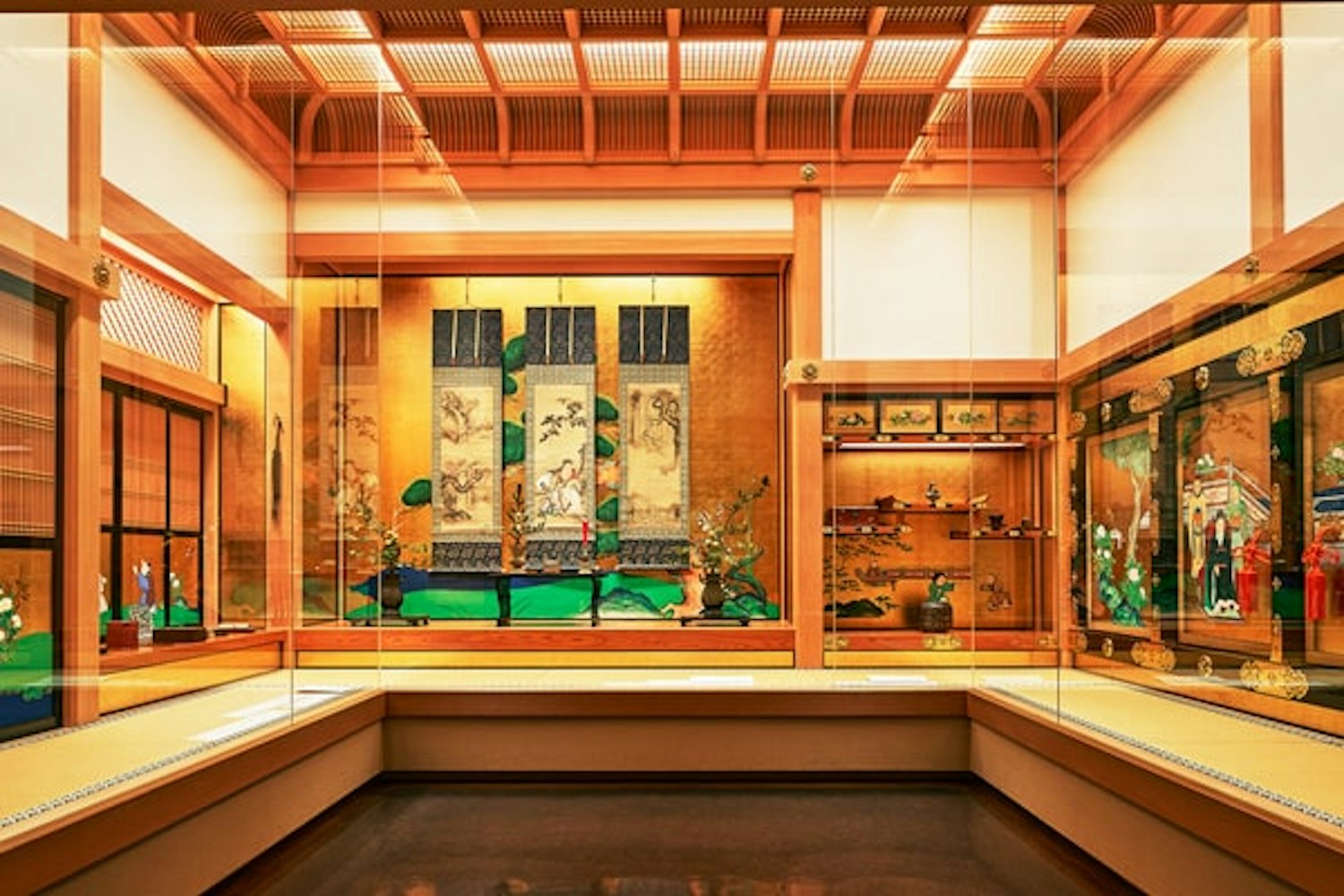
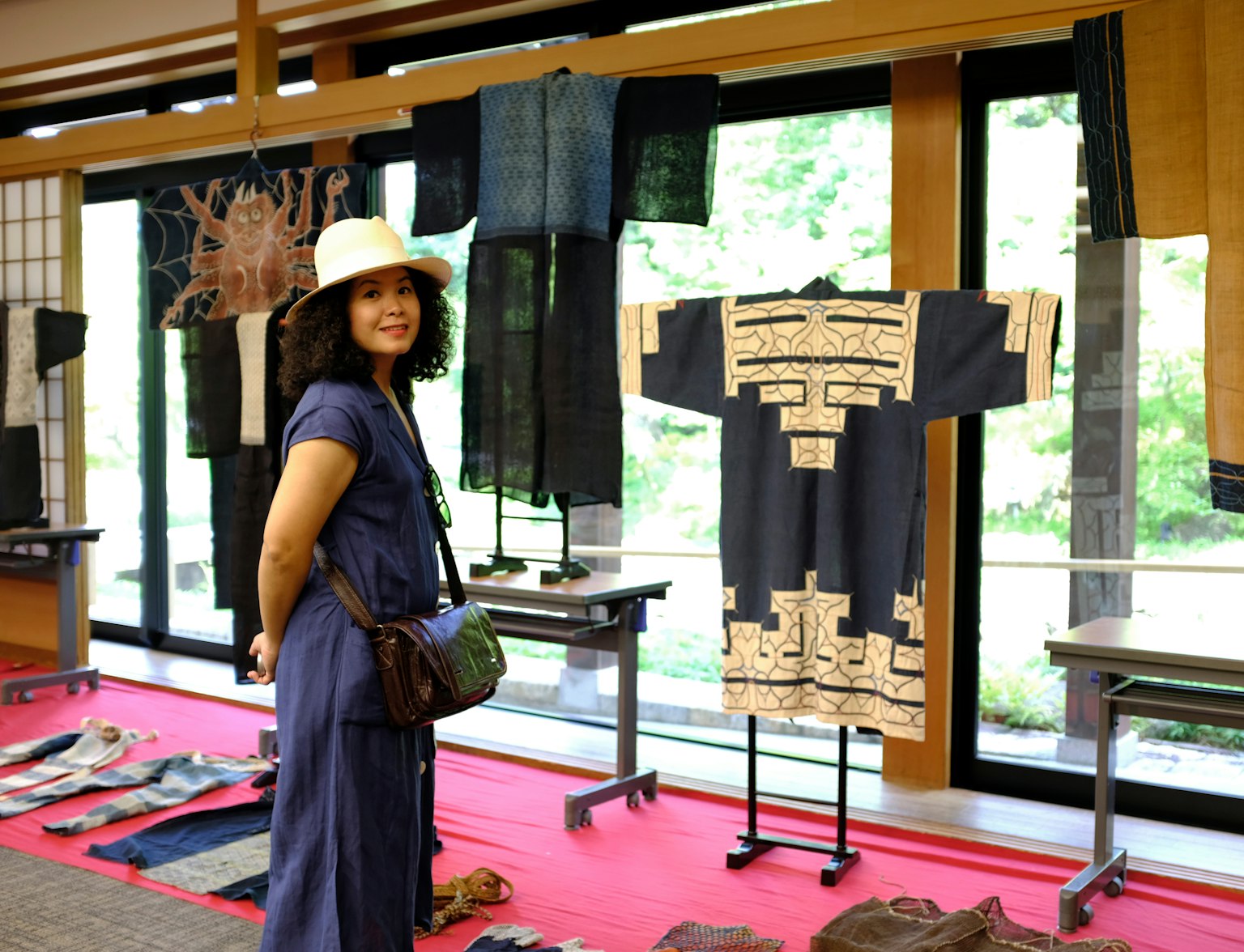
参观名古屋的德川博物馆和花园。
东京都美术馆举办“源氏物语”特别展览,展出各种艺术品和书法作品。博物馆还拥有永久收藏品,其中包括小说中的稀有插图和卷轴。
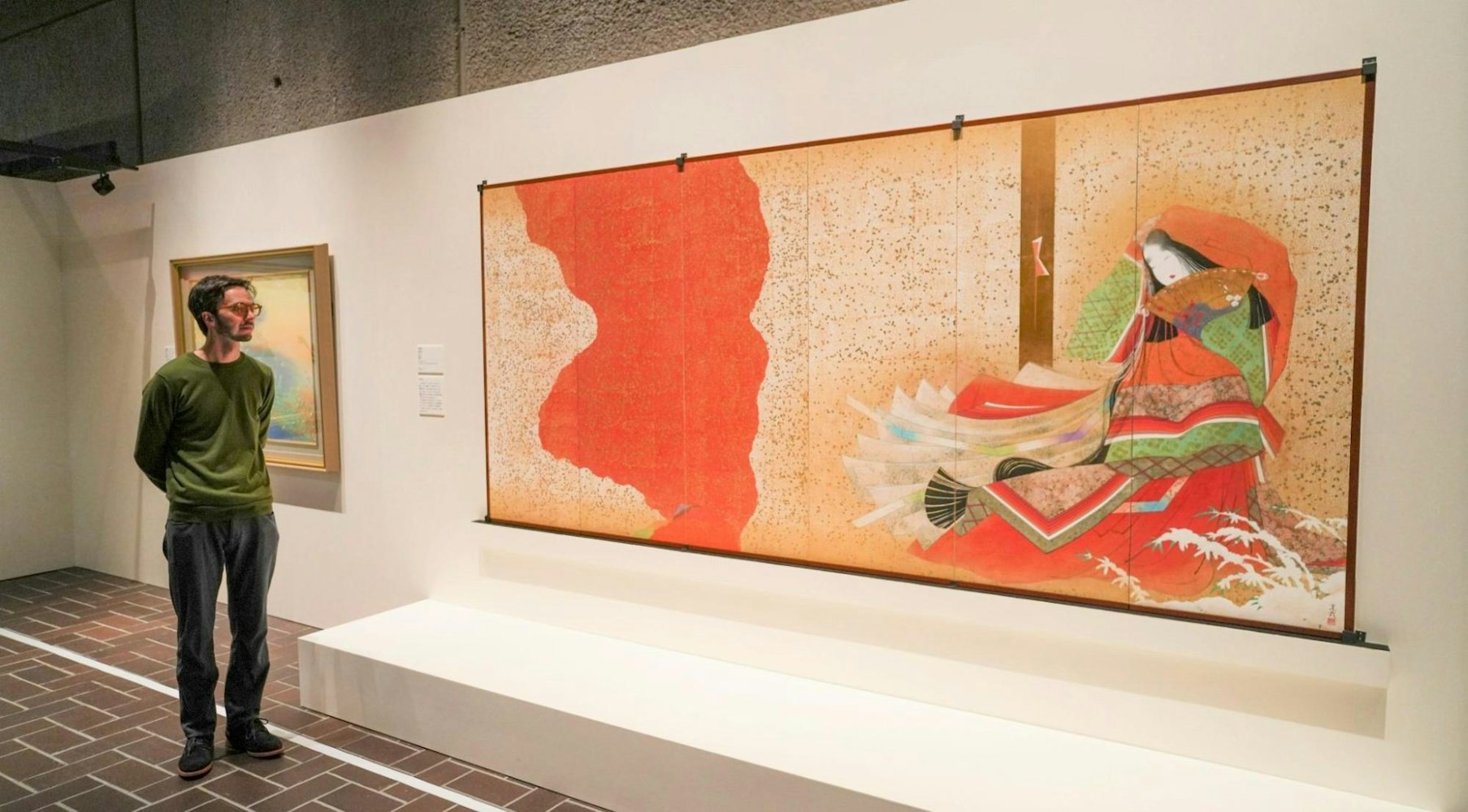

参观京都的宫殿和寺庙
在日本举行的一些节日都受到《源氏物语》的启发,例如京都的葵祭和宇治神社的平安神宫御苑。这些节日提供了一个独特的机会来体验植根于《源氏物语》的日本文化和传统。
这部小说极大地影响了日本传统的艺术形式,如书法、绘画和刺绣。游客可以通过在日本各地举办的工作坊和课程来体验这些艺术形式。
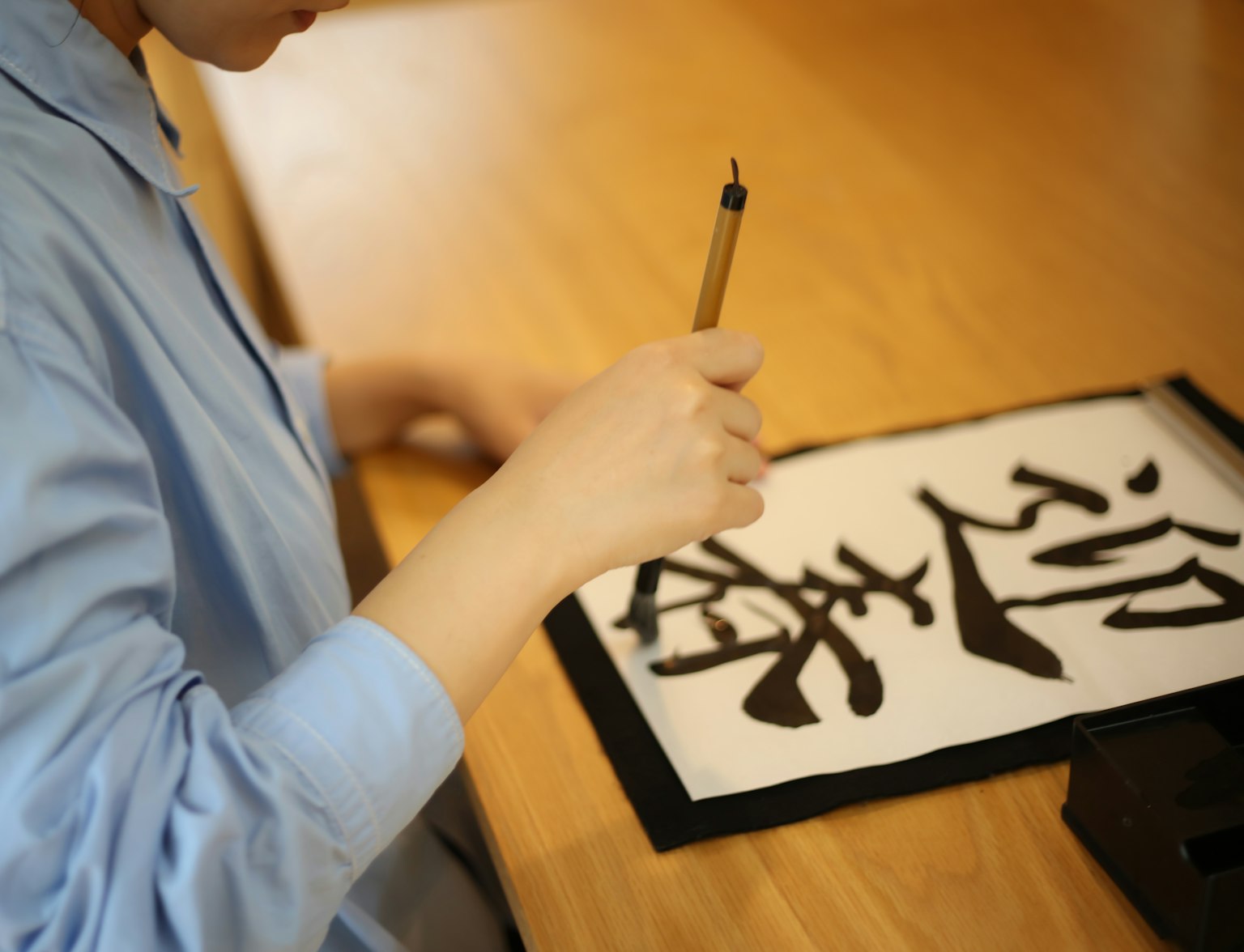
通过这个书法工作坊学习如何写汉字。
当然,体验《源氏物语》的最佳方式是阅读它。游客可以在许多书店和网上找到这部小说的英文译本。阅读原文可以更深入地了解日本文化、文学和艺术。'
如果你打算去日本旅游,一定要把《源氏物语》相关网站添加到你的必看景点列表中,并与你分享日本之旅。我们将确保为您提供所需的所有信息和帮助,让您获得难忘的体验。日本之旅提供各种精心策划的旅游。日本见!
下一篇推荐阅读 -日本武士侍的遗产 - 权威指南



